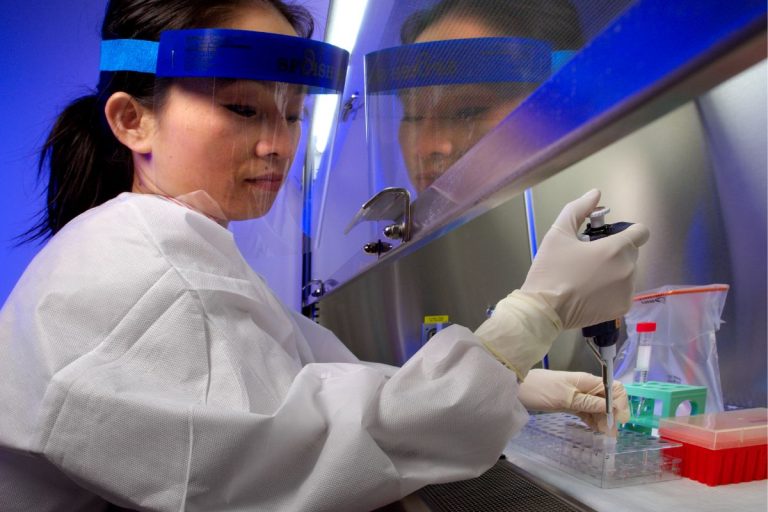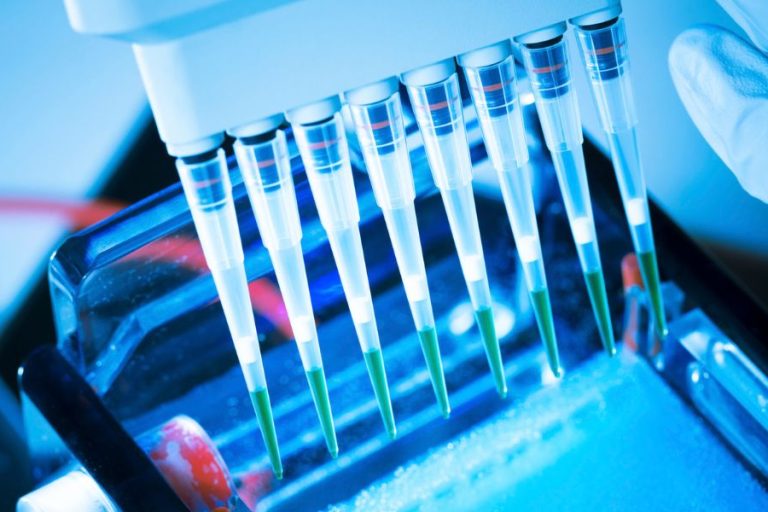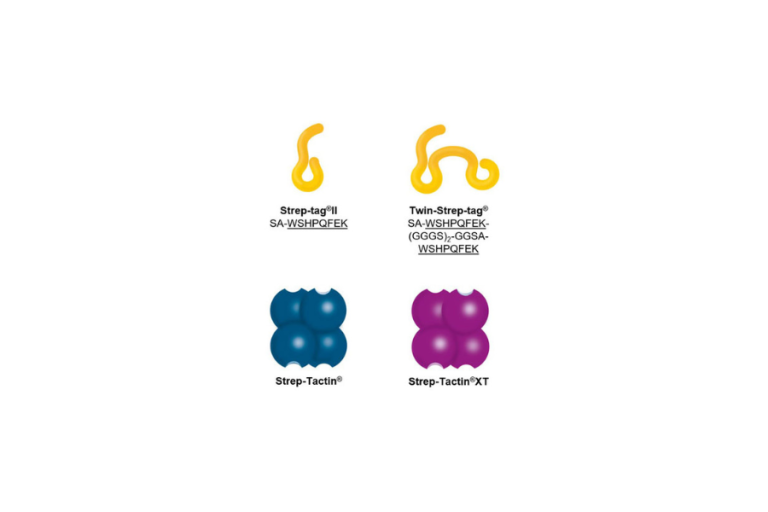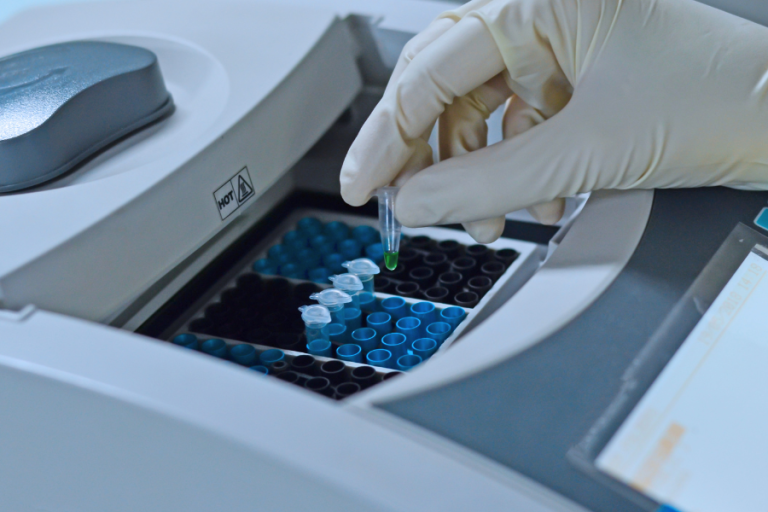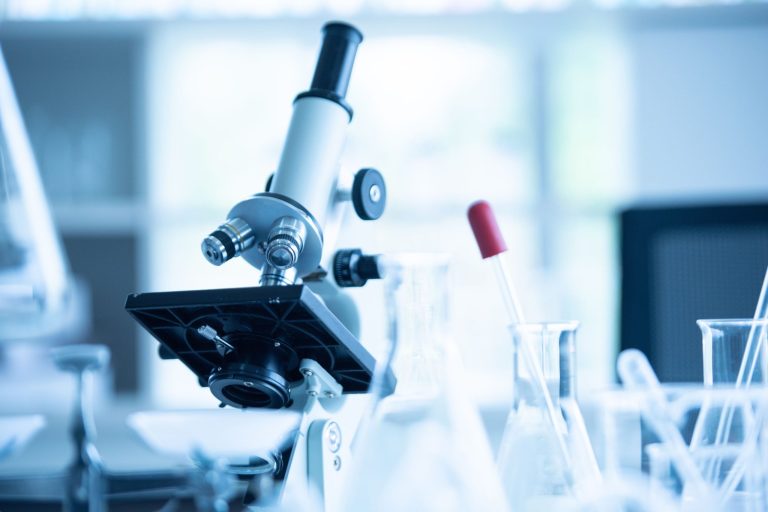Precise quantification of cell-free DNA (cfDNA) is a critical step in achieving reliable results in next-generation sequencing (NGS) workflows. This article explores how the high sensitivity and specificity of the EzCube Fluorometer can strengthen sample quality control. It also provides practical guidance on integrating the EzCube with the EzDrop Micro-Volume Spectrophotometer to support the preparation and sequencing of cfDNA.
The Importance of cfDNA in NGS and its Associated Challenges
cfDNA plays a vital role in advancing precision medicine, especially in oncology research. Its ability to be collected through non-invasive sampling and to reflect real-time tumour dynamics makes it a powerful tool for genomic analysis. Unlike traditional tissue biopsies, cfDNA can offer a more complete genetic snapshot by accounting for tumour heterogeneity. This enhances the detection of actionable mutations and provides a feasible alternative when tissue specimens are limited or inaccessible.
Despite these advantages, working with cfDNA presents significant technical hurdles. One of the main challenges is the extremely low concentration of circulating tumour DNA (ctDNA), which often ranges between 0.01% and 10% of the total cfDNA. Sample purity is also a concern, as low-abundance cfDNA is highly susceptible to contamination. Due to these factors, rigorous quantification and quality control protocols are essential for reliable NGS outcomes.
Why cfDNA Demands Stricter Quantification and QC Standards
Due to its inherent fragility and low abundance, cfDNA requires elevated QC standards throughout the NGS workflow. Concentrations in plasma typically range from 2 to 10 ng/mL, and the short fragment size increases the risk of degradation. Without accurate control measures in place, several issues can arise:
- Failure in library construction: Insufficient cfDNA may result in failed library preparation, halting downstream amplification.
- Quantification inaccuracies: Traditional methods may misrepresent concentration, especially when cfDNA is present at <1 ng/μL, leading to suboptimal sequencing coverage.
- Data inconsistencies: The integrity of ~166 bp cfDNA fragments is vital. Contamination with high-molecular-weight genomic DNA (>800 bp) or other impurities can negatively affect mapping quality and elevate duplication rates.
To address these limitations, the quantification of cfDNA must be both highly sensitive and reproducible. Instruments must be capable of detecting very low DNA concentrations, identifying contamination, and ensuring the quality of input material for sequencing. Although conventional spectrophotometers can provide basic assessments of total nucleic acid concentration and purity, they often fall short in terms of the sensitivity required for cfDNA applications.
That’s why many labs are transitioning to more advanced detection systems. Fluorometers, such as the EzCube, are purpose-built for quantifying low-concentration DNA/RNA. Their ability to assess both concentration and sample integrity makes them an excellent choice for supporting reliable and high-quality NGS workflows.
Supporting cfDNA QC with the EzCube Fluorometer
Exceptional sensitivity and precision
The EzCube Fluorometer utilises fluorescent dyes that selectively bind to nucleic acids, allowing for precise quantification even at picogram levels. Its high sensitivity and reproducibility make it ideal for measuring trace amounts of DNA/RNA during NGS sample preparation.
Selective nucleic acid detection
Unlike absorbance-based methods that can be influenced by sample contaminants (e.g. proteins or salts), fluorescent dyes used in fluorometry bind exclusively to DNA or RNA. This ensures a truer representation of actual nucleic acid content, which is crucial when working with delicate samples like cfDNA.
Streamlined operation
The EzCube’s design focuses on ease of use. Researchers simply mix their sample with a fluorescent dye and insert it into the instrument. Results are delivered in seconds and are highly reliable, even at very low concentrations. This operational simplicity adds value to labs seeking accurate results without complexity.
Dual Quality Control: Combining EzCube with EzDrop for Comprehensive Assessment
When evaluating both purity and concentration, relying on a single tool may be insufficient. That’s where the combination of the EzCube and EzDrop proves especially effective.
- EzDrop Spectrophotometer: An efficient, reagent-free system for measuring high-concentration DNA/protein samples (e.g. dsDNA 2–20,000 ng/μL). It offers fast concentration checks and assesses sample purity through A260/280 and A260/230 ratios, vital indicators of contamination.
- EzCube Fluorometer: Designed for high-precision, low-concentration quantification. With a detection limit as low as 0.01 ng/μL and the ability to distinguish nucleic acid types (dsDNA, ssDNA, RNA), it’s tailored for sensitive applications like qPCR and NGS.

Table: The combination of the EzDrop and the EzCube provides a complete sample quantification solution
The combination of the EzDrop and the EzCube provides a complete sample quantification solution. They can measure the total amount, purity, and effective concentration of samples, help reduce NGS failure rates, and are an ideal combination in the cfDNA pre-processing workflow.
Recommended Application: A cfDNA Liquid Biopsy Workflow
For those conducting cfDNA-based NGS research, the following QC workflow is recommended to enhance experimental accuracy and success:
1. Initial assessment with EzDrop:
Measure absorbance at 260 nm to estimate total nucleic acid content. Evaluate A260/280 and A260/230 ratios to ensure sample cleanliness and suitability for downstream processes.
2. Precise quantification with EzCube:
Use appropriate EzQuant fluorescent dyes with the EzCube Fluorometer to determine accurate dsDNA levels. This method’s pg-level sensitivity helps differentiate between normal and potentially malignant samples.
3. Post-library construction validation:
Run fragment analysis via capillary electrophoresis and verify final concentrations using qPCR, if required, to guarantee sequencing quality.
This protocol delivers consistent results across a range of cfDNA research scenarios and provides a reliable foundation for sequencing workflows.

Accurate Measurement: What Makes NGS Succeed
cfDNA is rich in diagnostic potential but presents unique analytical challenges. Ensuring NGS data reliability starts with meticulous sample quantification and QC. The EzCube Fluorometer’s ultra-sensitive detection capability makes it indispensable for researchers handling low-concentration cfDNA. When paired with the EzDrop Spectrophotometer for rapid purity checks, the two instruments form a complete QC solution.
Whether in basic science or clinical settings, robust sample handling in the pre-analytical phase directly contributes to the success of sequencing workflows. Employing this dual-instrument approach minimises sequencing errors, reduces failed library prep attempts, and supports more consistent, cost-effective results.
Need to optimise your cfDNA quantification? Contact FB Australia!
cfDNA quantification is a critical step in ensuring high-quality NGS results. The EzCube Fluorometer offers unparalleled sensitivity and accuracy for low-concentration samples, making it the ideal choice for researchers working with cfDNA, RNA, and other nucleic acids.
Its fast, user-friendly operation and high specificity ensure that you get the most reliable results, even with extremely low sample volumes. With the EzCube, you can confidently manage sample quality and enhance the success of your sequencing workflow.
Need the EzCube Fluorometer or the Micro-Volume Spectrophotometer for your lab? FB Australia has you covered! We offer the highest-quality fluorometers and all the accessories you need to ensure the best performance. Contact us today and let us help you elevate your cfDNA quantification process!
References:
- Ponti, G., Maccaferri, M., Manfredini, M., Kaleci, S., Mandrioli, M., Pellacani, G., Ozben, T., Depenni, R., Bianchi, G., Pirola, G. M., & Tomasi, A. (2018). The value of fluorimetry (Qubit) and spectrophotometry (NanoDrop) in the quantification of cell-free DNA (cfDNA) in malignant melanoma and prostate cancer patients. Clinica chimica acta; international journal of clinical chemistry, 479, 14–19. https://pubmed.ncbi.nlm.nih.gov/29309771/
- Li, B. T., Janku, F., Jung, B., Hou, C., Madwani, K., Alden, R., Razavi, P., Reis-Filho, J. S., Shen, R., Isbell, J. M., Blocker, A. W., Eattock, N., Gnerre, S., Satya, R. V., Xu, H., Zhao, C., Hall, M. P., Hu, Y., Sehnert, A. J., Brown, D., … Oxnard, G. R. (2019). Ultra-deep next-generation sequencing of plasma cell-free DNA in patients with advanced lung cancers: results from the Actionable Genome Consortium. Annals of oncology : official journal of the European Society for Medical Oncology, 30(4), 597–603. https://pubmed.ncbi.nlm.nih.gov/30891595/
- Esposito Abate, R., Frezzetti, D., Maiello, M. R., Gallo, M., Camerlingo, R., De Luca, A., De Cecio, R., Morabito, A., & Normanno, N. (2020). Next Generation Sequencing-Based Profiling of Cell Free DNA in Patients with Advanced Non-Small Cell Lung Cancer: Advantages and Pitfalls. Cancers, 12(12), 3804. https://pubmed.ncbi.nlm.nih.gov/33348595/
- Patel, A., Hissong, E., Rosado, L., Burkhardt, R., Cong, L., Alperstein, S. A., Siddiqui, M. T., Park, H. J., Song, W., Velu, P. D., Rennert, H., & Heymann, J. J. (2021). Next-Generation Sequencing of Cell-Free DNA Extracted From Pleural Effusion Supernatant: Applications and Challenges. Frontiers in medicine, 8, 662312. https://pmc.ncbi.nlm.nih.gov/articles/PMC8236629/
- Volik, S., Alcaide, M., Morin, R. D., & Collins, C. (2016). Cell-free DNA (cfDNA): Clinical Significance and Utility in Cancer Shaped By Emerging Technologies. Molecular cancer research : MCR, 14(10), 898–908. https://pubmed.ncbi.nlm.nih.gov/27422709/
- Blue-Ray Biotech. (n.d.). EzCube Fluorometer. Retrieved from https://www.blue-raybio.com/en/category/product/EzCube-Fluorometer
- Blue-Ray Biotech. (n.d.). EzQuant Quantification Assay Kits. Retrieved from https://www.blue-raybio.com/en/category/product/EzQuant-Quantification-Assay-Kits
